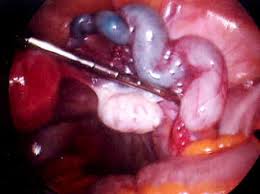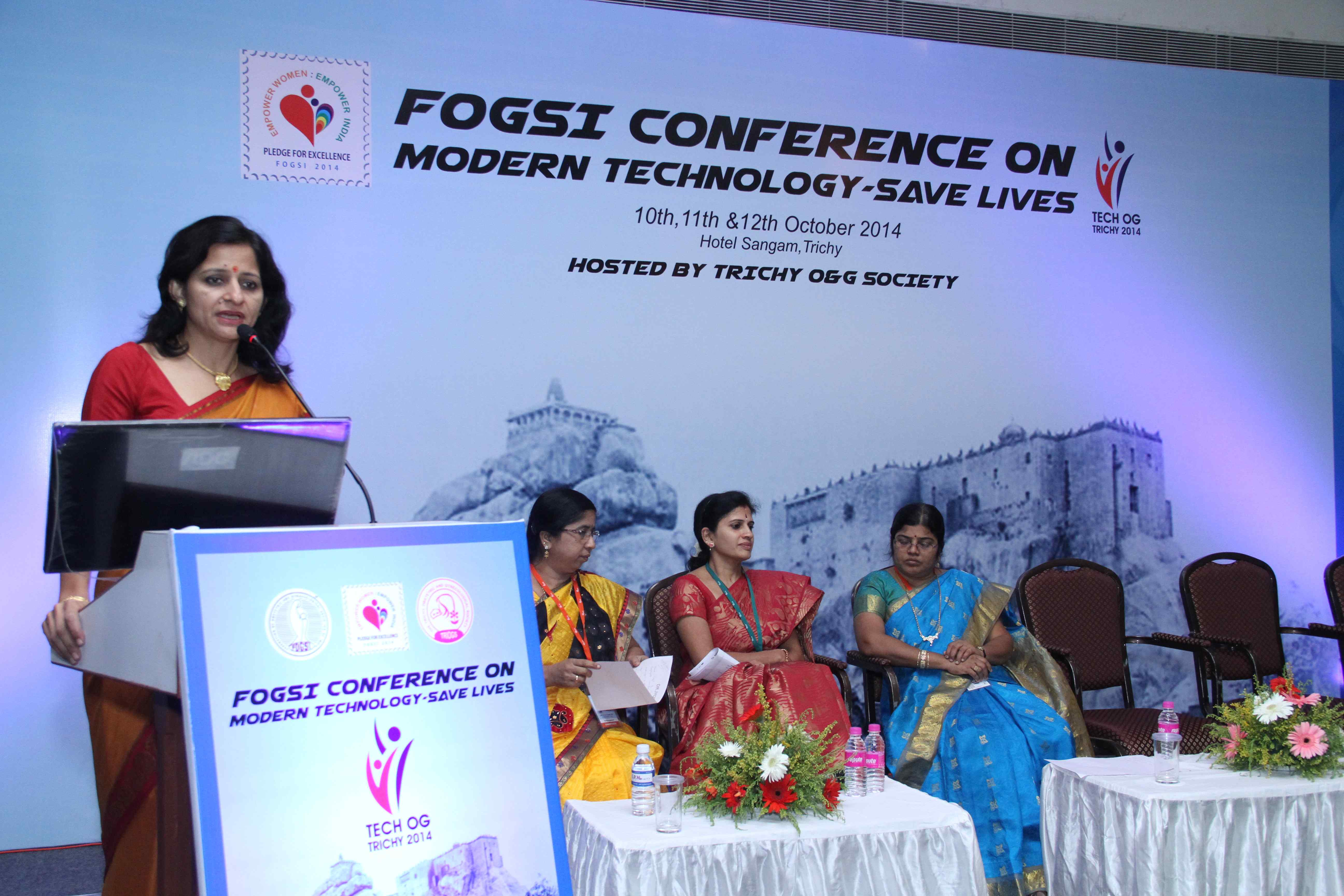Infertility – Opening the blocks
Pregnancy is a dream of every woman, but getting pregnant may not be an easy task for all. To simplify the mechanism of pregnancy, female produces one egg every month which is released from the ovary & enters the Fallopian tube. Male sperms enter through the vagina and reach the tube, where final meeting of sperm & egg (fertilization) takes place. Hence any blocks in the Fallopian tube will lead to failure of fertilization & infertility.
What causes block in the tubes?
Pelvic infections such as tuberculosis & previous surgeries are common causes of tubal block. These blocks are often first diagnosed on HSG or SSG during a fertility workup.
Treatment
Blocked tubes leave a woman with two choices – IVF or surgery to open the tubes.
Opening blocked tubes is a simple procedure through minimal access technique/endoscopy/ keyhole surgery. For blocks close to the uterus (cornual blocks), hysteroscopic tubal cannulation is the method of choice. Procedure involves passing a very thin guidewire through the blocked segments, under vision with a hysteroscope.
Blocks away from the uterus (ampullary/ isthmic/ fimbrial), are opened by laparoscopy. Use of high magnification, fine instruments causes minimum tissue trauma & gives better results.
Previous sterilization (family planning/ tubal ligation) operation may need to be opened after untimely death of children. This is also best done with laparoscopy. Tubal recanalization involves cutting the blocked part & stitching the fresh ends with very fine sutures. Large hydrosalpinx, where the tube is ballooned up, may necessitate removal of the tube.
All tubal surgeries need extreme expertise of the surgeon. Unlike IVF, which is an expensive technique & needs to be repeated everytime, tubal surgery If done well, gives the patient a chance to become pregnant naturally, not just once, but as many times as she wants.


